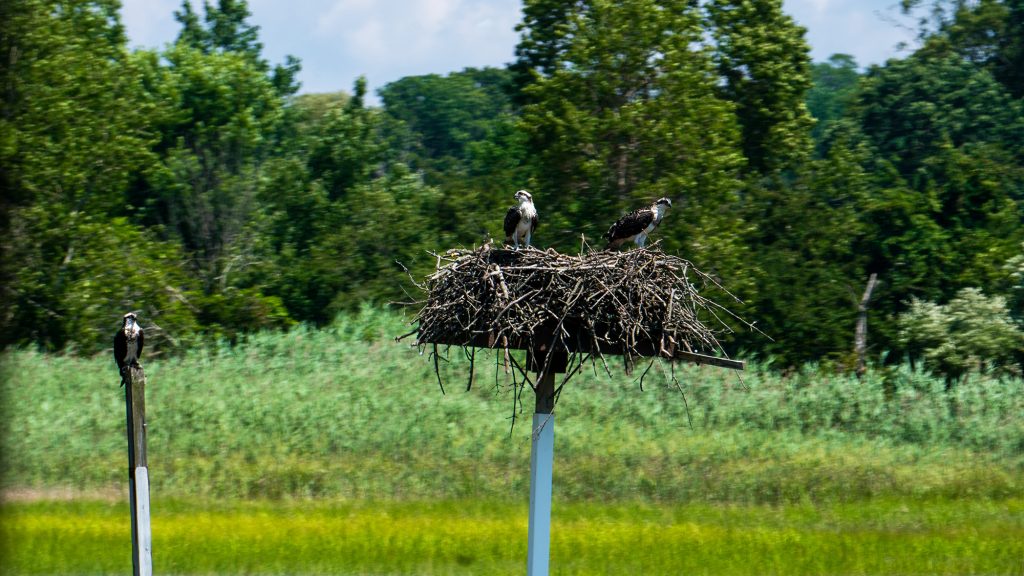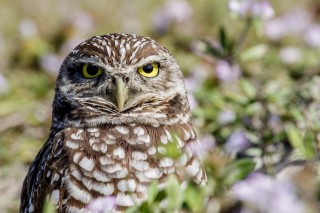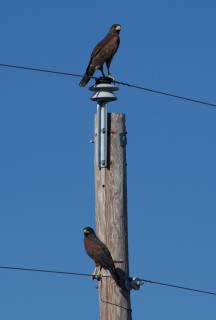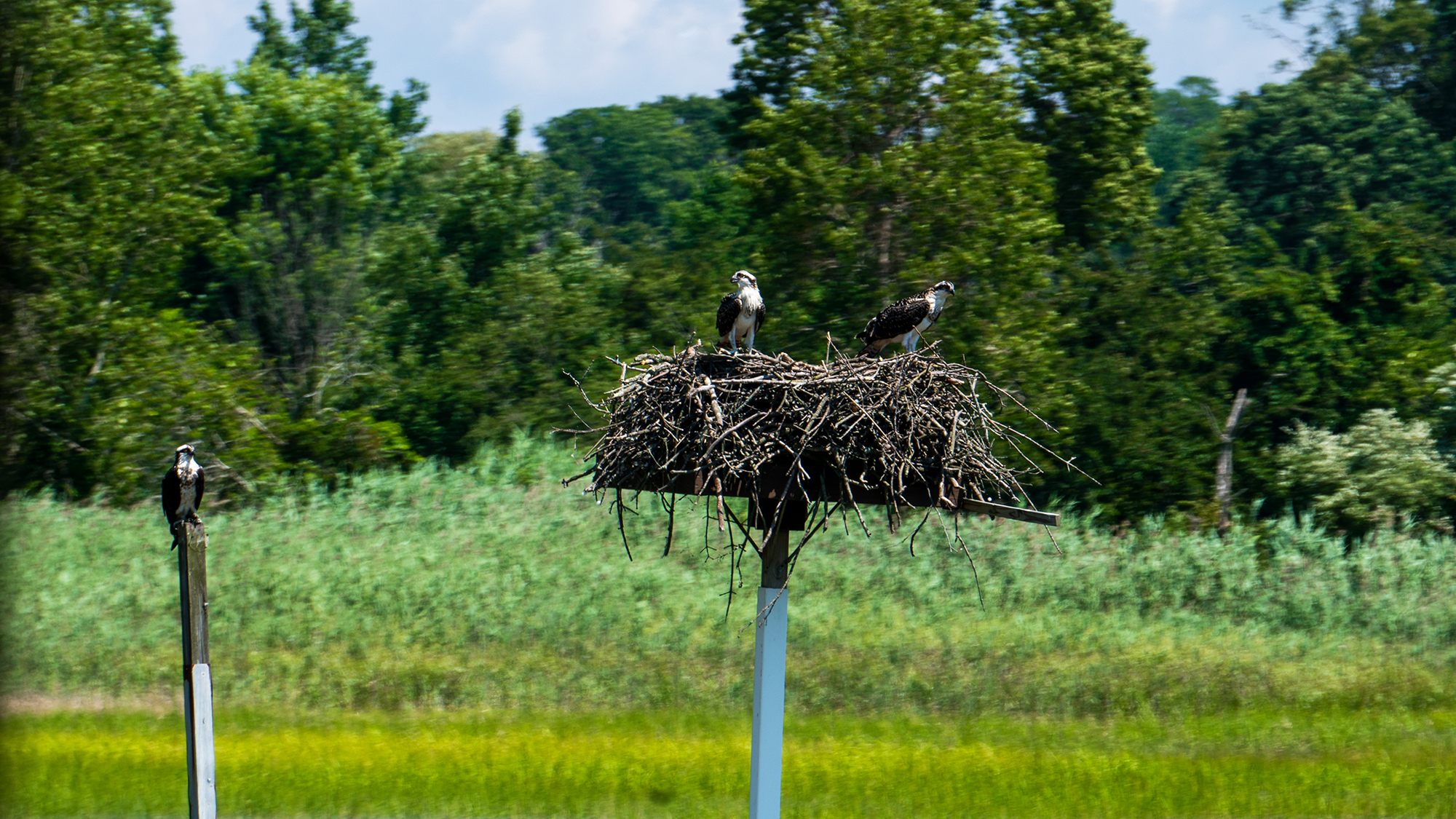
September 22, 2022
A Platform for Growth
- as seen by -
 John N. Mastroberardino
John N. Mastroberardino
A turn-of-the-century trolley car is a great way to see families of osprey.
July 17 was easily one of the hottest Sundays in 2022. Braving the scorching weather, my girlfriend and I spent that morning exploring the Shore Line Trolley Museum in East Haven, Connecticut. The highlight of our trip was an idyllic trolley ride through East Haven Marsh Wildlife Area and Beacon Hill Preserve. The “oldest continuously running trolley line in the USA” has retained most of its marshland and forest scenery over the past 122 years with quite a few important exceptions dotting the landscape: Osprey nest platforms, constructed throughout the tidal wetlands to encourage population growth.
This pair of osprey (Pandion haliaetus) look to be well-established on their platform. These birds return home to the same nest every spring after spending winters in Florida, Mexico, or South America. Upon their arrival, osprey work together to add new materials to their nests like seaweed, driftwood, leaves, and unfortunately litter.
Coastal development along the Long Island Sound and surrounding rivers has threatened the existence of osprey. The litter sometimes found in their nests can be harmful to chicks; monofilament fishing line, for example, could get caught around their necks and strangle them.
Since 1974, Connecticut has seen steady growth in osprey population, partially due to the proliferation of nesting platforms. If you’d like to help conserve this species, and you’re a resident of the Nutmeg State, reach out to the Connecticut Department of Energy and Environmental Protection for volunteer opportunities. You can monitor their nests, and even construct a nest platform on your property.
Sony A6300 with E 55-210 F4.5-6.3 OSS Lens




Leave a Comment